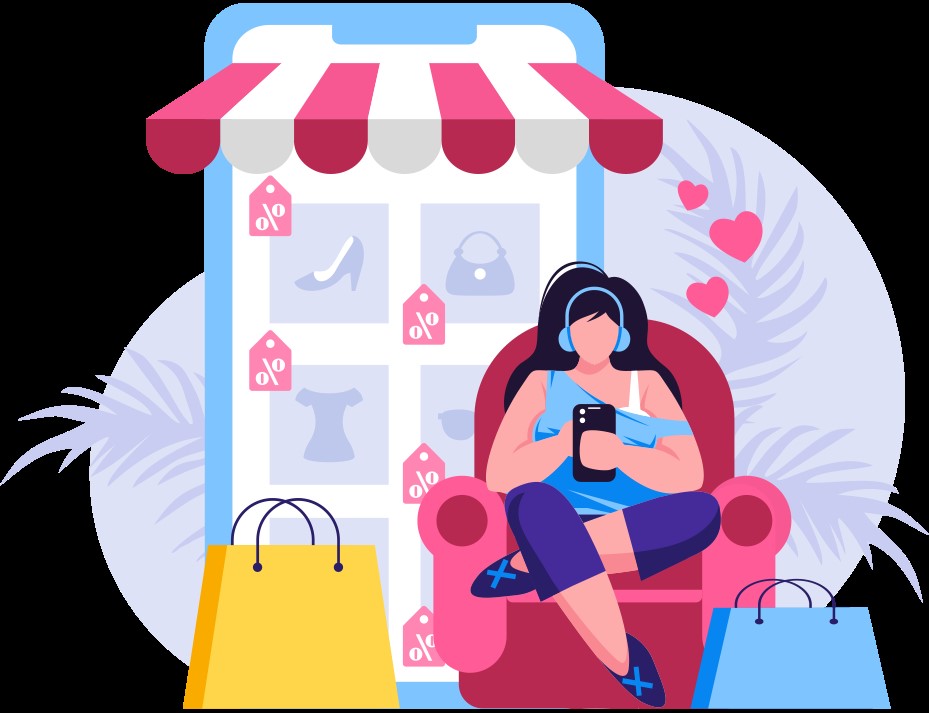Retail Therapy - is it just a trend or does it actually help?
Retail therapy has often been brought up in popular culture whether it was Rachel from Friends going shopping for boots even when she was broke or an entire movie called Confessions of a Shopaholic. A bad job interview, a fight with friends, or an extensively boring day can be spiced up by just going for retail therapy. Just like popular culture characters, retail therapy has often been the escape from a bad day or simply to lighten one’s mood.
Why does buying things impulsively make one feel better?
There are mood-enhancing chemicals in our brains. They are endorphins and dopamine. Retail therapy involves elements of surprise and unexpectedness that promote the release of these hormones. Most of the time these shopping trips are unplanned, hence the element of surprise. This element of surprise aids in releasing these mood-enhancing chemicals which makes you feel better.

So what is it about shopping that makes us feel so therapeutic?
Retail therapy whether in the form of online shopping, physically going to stores or window shopping has proven in making people happier. Online shopping has made it all the more accessible and sometimes just putting things in your cart can make one’s day better. There are many reasons why retail therapy feels so great, some of them are-
Gives a sense of control: Shopping requires decision making which restores the ability to control your life. Often when you are having a bad day and you do not have control over most aspects of it, instead of feeling helpless, shopping makes you feel like you still have control.
Dopamine release: As mentioned earlier, the surprising and impulsive element of shopping results in the release of dopamine whether or not you make the final purchase. The idea of retail therapy is related to being impulsive hence the release of endorphins.
Acts as a distraction: When you have had a bad day, you would want to forget it. Retail therapy is a whole journey. Right from logging onto a site or going to a mall to whether or not actually buying anything, it is a whole experience. The visual aspect of it further helps in distracting yourself from the bad day you just had.
Sparks imagination: The experience of shopping using various senses like visuals, touching different textures, and smelling different scents can spark imagination and creativity.

Although retail therapy can be therapeutic and often a coping mechanism, it can develop into an addiction and end up becoming a problem. A compulsive shopping disorder is when a harmless shopping spree becomes a disorder. Shopping addiction is when one is compulsively shopping and it comes in the way of regular functioning. While it can help you lift your spirits, shopping should not be the only escape you know.
Shopping too much becomes a problem when you are facing financial difficulties and yet you cannot stop making purchases. Buying a lot of things you do not need could also be a sign of compulsive shopping. Lying about things you have bought or experiencing relationship problems because of it can also be a sign of a shopping addiction.
There are certain signs you can look out for to see if retail therapy has turned into a shopping addiction. One of them is getting bored easily and feeling the urge to buy more-particularly the things you do not need. Experiencing buyer’s remorse or guilt can also be a sign that retail therapy is not therapeutic anymore.
The dopamine release from retail therapy lasts only for some time and does not help with the actual problem that you are experiencing. While it can certainly improve your mood for some time, it will not solve the actual problem. So, while the experience can be therapeutic it is not enough.

So, what can you do to prevent slipping into a shopping addiction?
In order to ensure that retail therapy does not harm you, you should try to regulate your budget and steer away from things that you don’t really need. Instead of being impulsive, make sure you have a wish list ready for times when you feel the urge to buy.
While retail therapy can be a harmless way to turn your day around, it’s important to look out for signs to make sure that it remains harmless! After all, even Rachel had to cut her credit cards when things got out of hand!
Written by Freya Dholakia
Edited by Tanisha Shah
